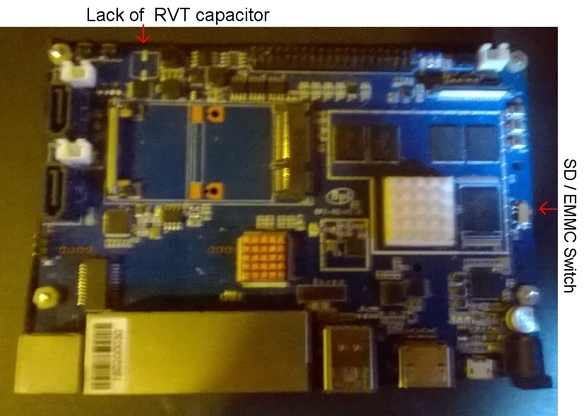@frank-w,
From another person that tries to help, support and educate other users with open source products and technologies, I do appreciate the issues surrounding producing good and well written documentation (especially by those of us who do this within our own free time). Therefore, I personally do appreciate when somebody else examines and critiques my documentation.
I have notice a real lack of input within this forum from both the bpi admin team and Sino-VoIP, and do recognise that you are spending a lot of time helping users of this forum. Again, it would be nice if either the admin team or members of Sino-VoIP would contribute more to this forum. As well as producing good documentation for their distro implementations. – I think you might have noticed a rant that I wrote within this forum a couple of week ago which criticised the admin team about this matter. Also, when reading comments from other forums about Sino-VoIP, it seams that this company has not truly encompassed the ideas of the open-source movement, as well as providing limited support for their products (which must be somewhat frustrating for yourself).
I am a long term supporter of the Nethserver project (URL provided below). NS does have a good forum in which the developers and the admin team does actually participate in. The NS staff actively encourages their users to support others (which sadly is lacking from this forum).
I personally have supported NS since April 2015, and whilst I provide limited direct help to the users, I do provide information about various projects, give suggestions and have just recently started writing articles about the history of the open-source movement, as well as written articles about usage of various technologies.
I am also a contributor to the minds.com social medium platform (a platform that is based on the ideals of the open-source movement, as well as encouraging free speech and open dialogue). This platform allows me and others to talk about new development, as well as to examine various political issues (both within the open-source movement and other aspects of modern life).
I tend to use minds.com as a testing ground for various articles. I also have released all my current articles on this platform (URL provided below). Also, I do contribute regularly to the minds.com user group and help / support groups.
I would love to contribute to this and other open-source based projects (but again, I am disappointed with the attitude of this forums admin staff).
References:

